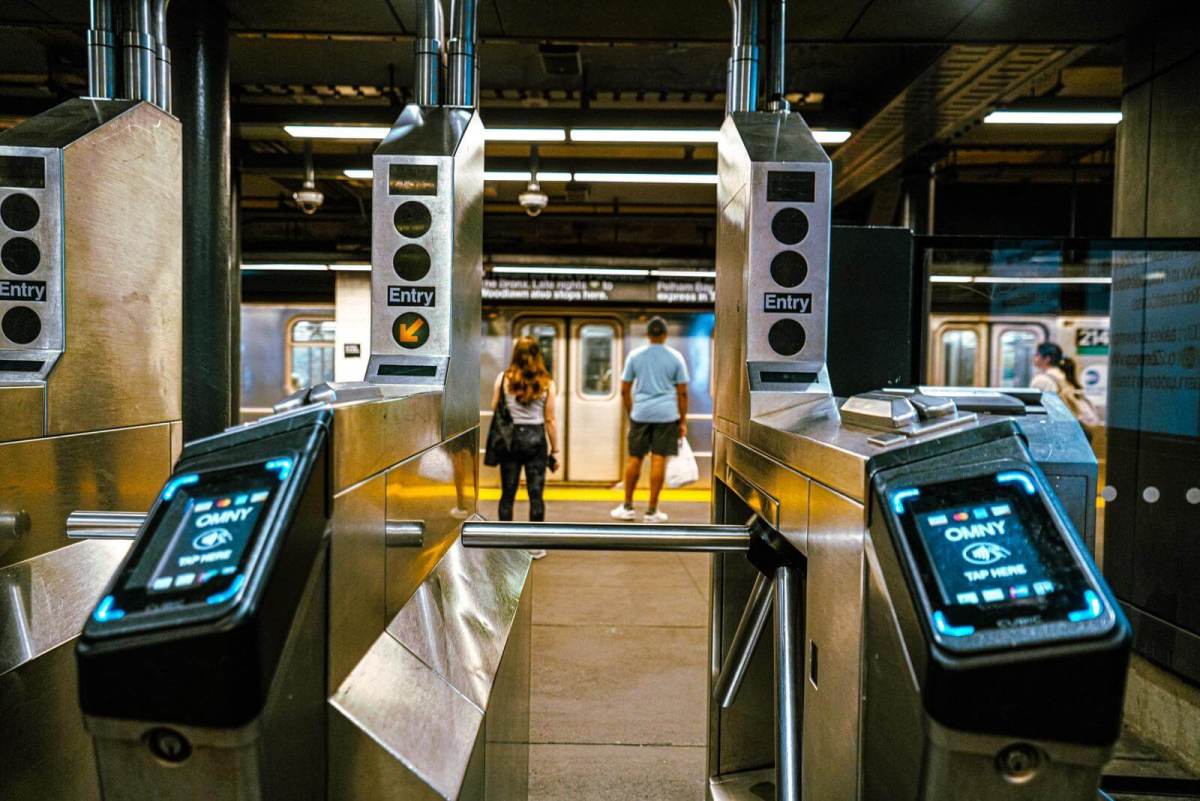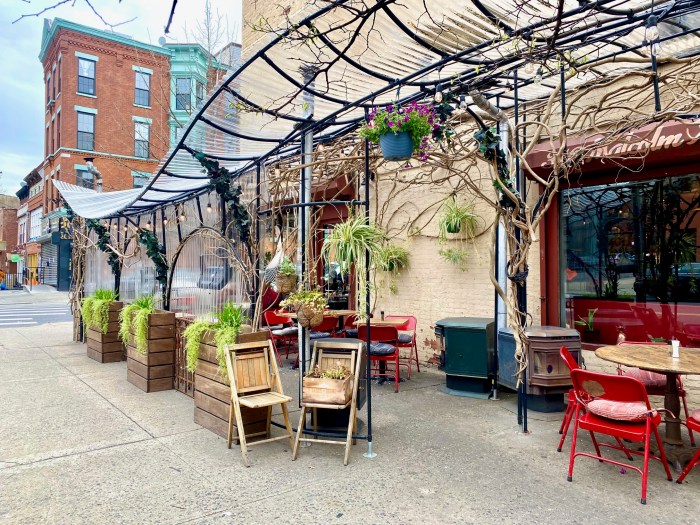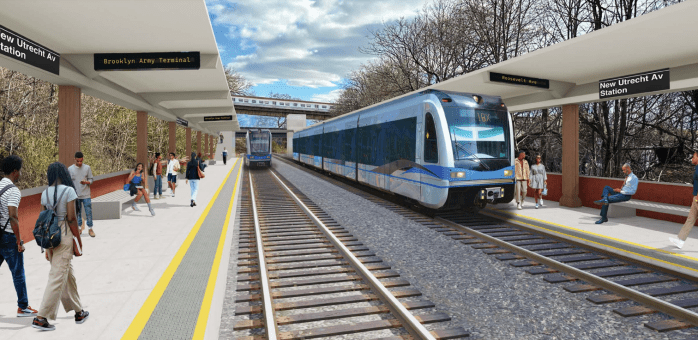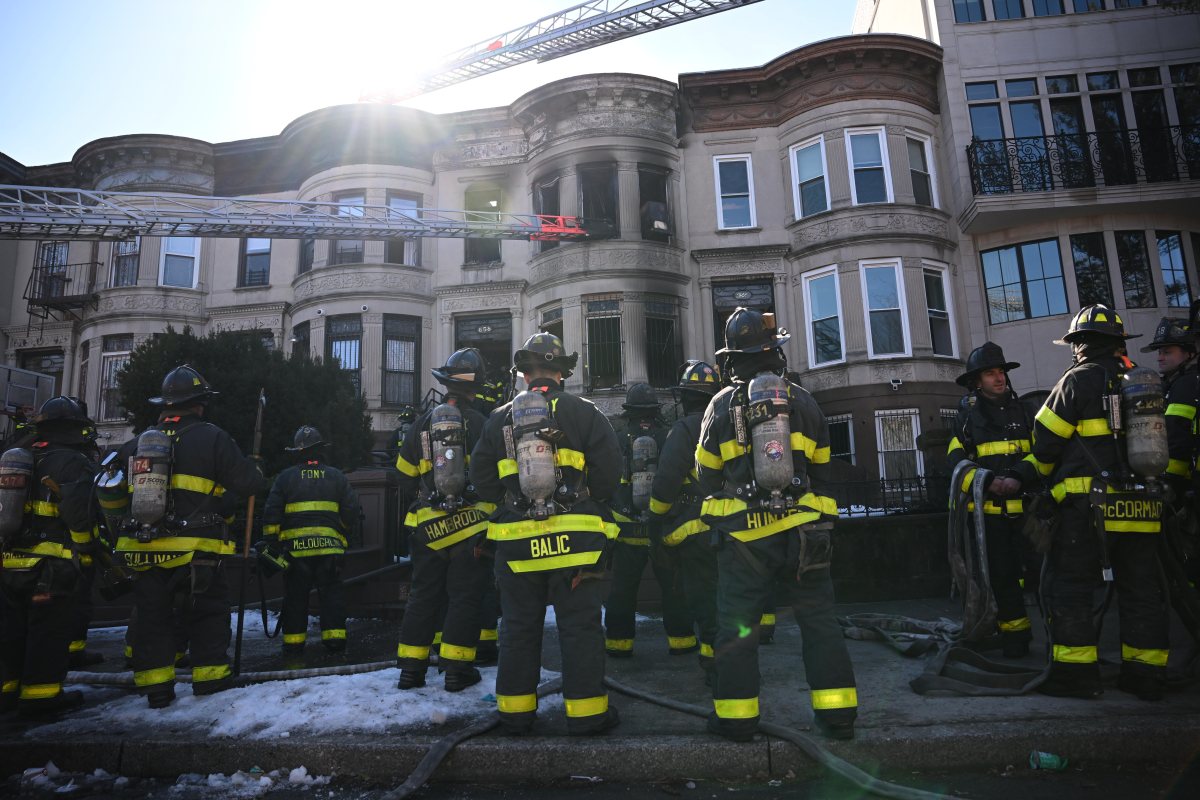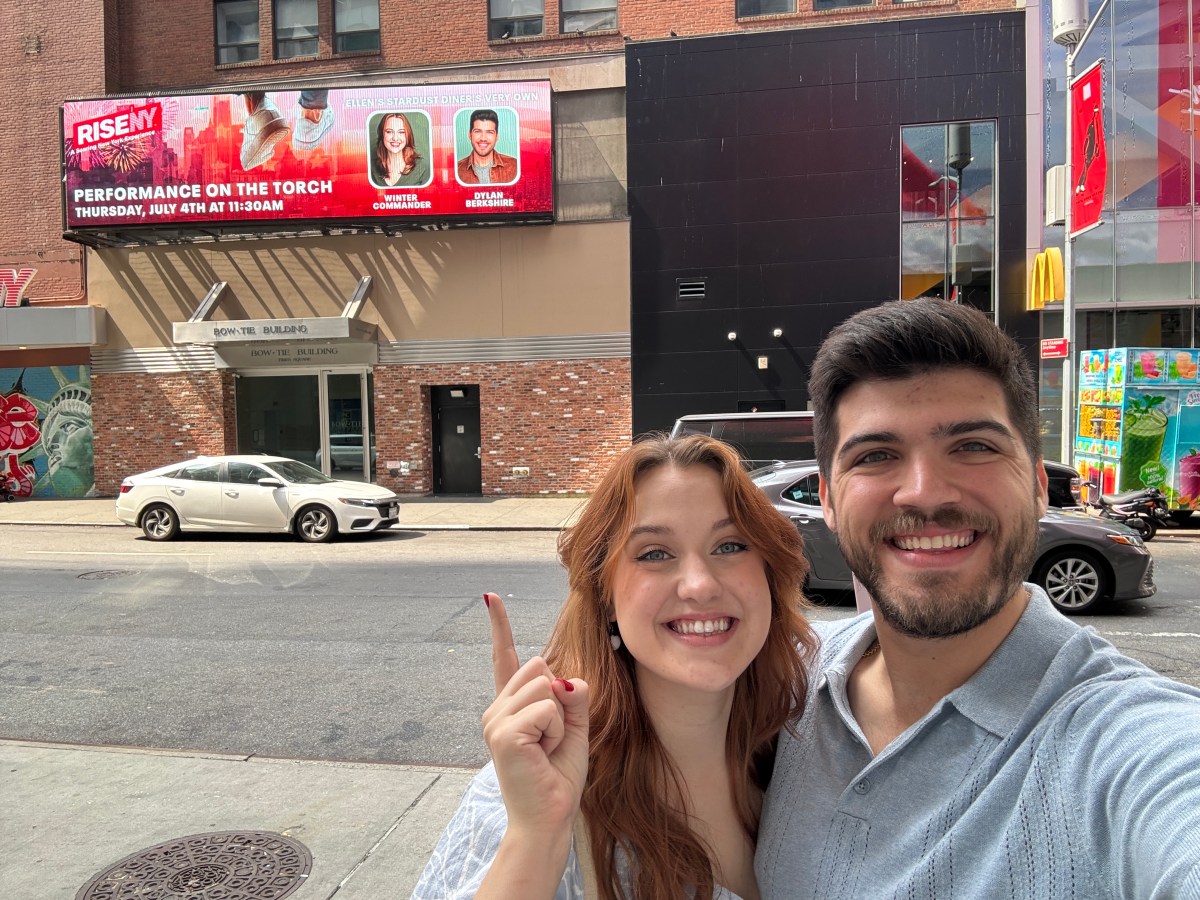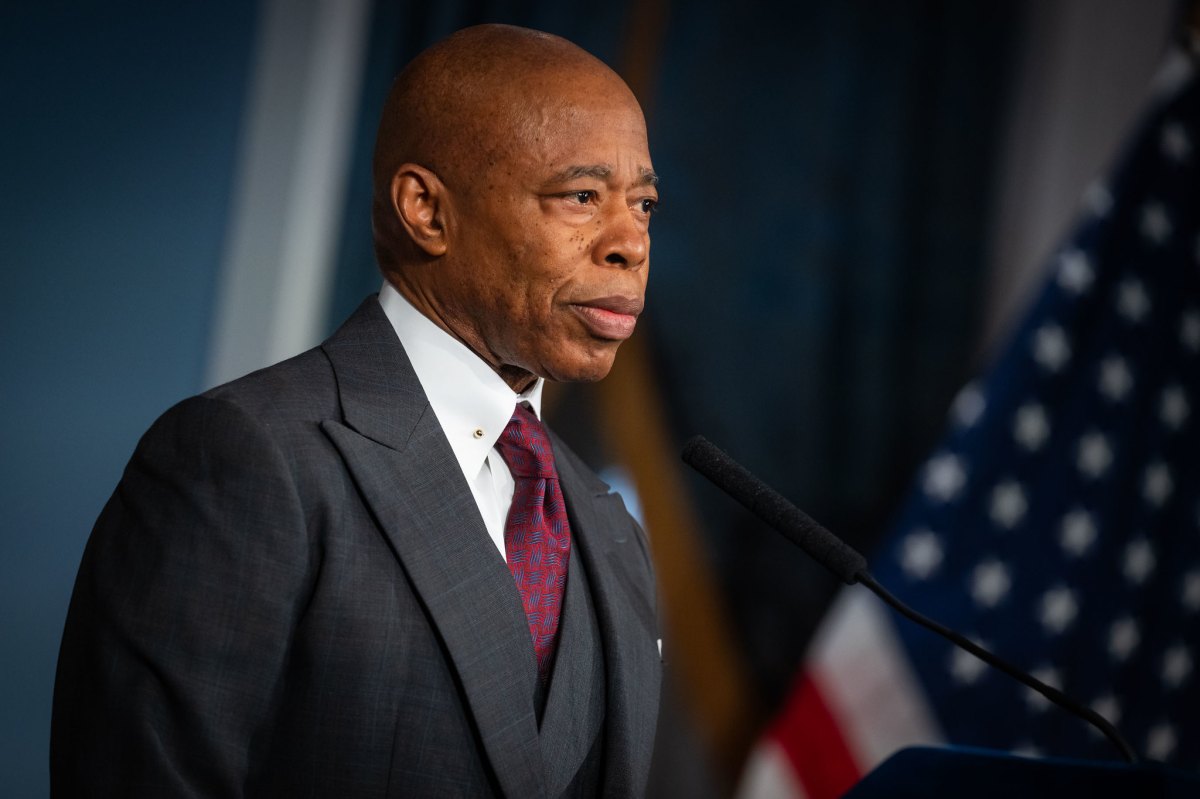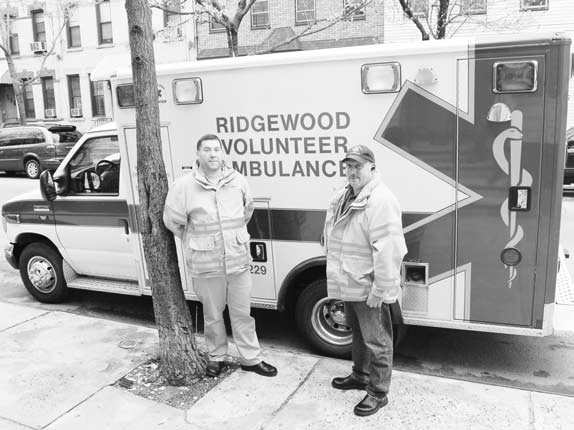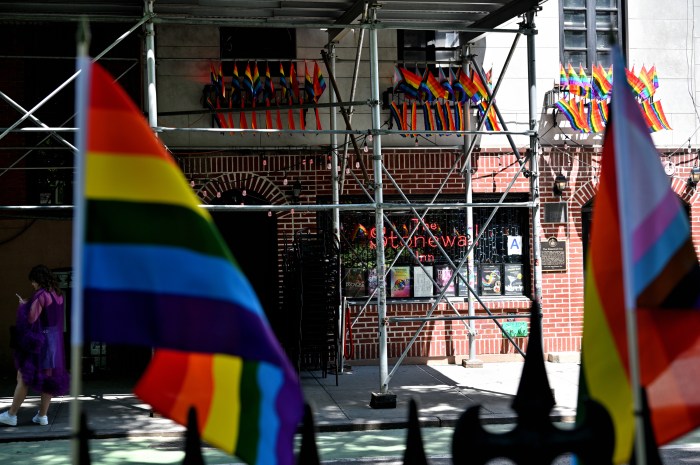The cost of a ride on an MTA subway or bus officially increased to $2.90 on Sunday, the first increase in the base fare on New York City’s mass transit in eight years.
The 15-cent fare hike was approved by the MTA Board last month, and also applies to Access-a-Ride paratransit service.
Weekly unlimited fares also rose Sunday to $34 and monthly passes hiked to $132. A single ride pass bumped up to $3, and a half-price fare now costs $1.45. Express bus per-ride fares are now $7, and weekly fares are now $64.
Those tapping into the system using OMNY can still ride for free after twelve trips in a given week, but that now applies to any seven-day period.
The fare for a single ride had stood at $2.75 since 2015, while weekly and monthly unlimited prices were last raised in 2019.
Prices are also going up on the Long Island Rail Road and on Metro-North. Tolls on MTA bridges and tunnels increased earlier this month.
“It is what it is,” Miguel Ortiz told amNewYork Metro as he waited for a B35 bus in Brooklyn. “You can’t do no much. You have to do what you do.”
The MTA was required to raise fares as part of a financial rescue deal in this year’s state budget, which called for the agency to raise its fare revenue by 4%. The state approved new streams of revenue for the authority as it faced financial uncertainty, owing to a sluggish return of ridership that agency bigwigs attribute to the rise of working from home.
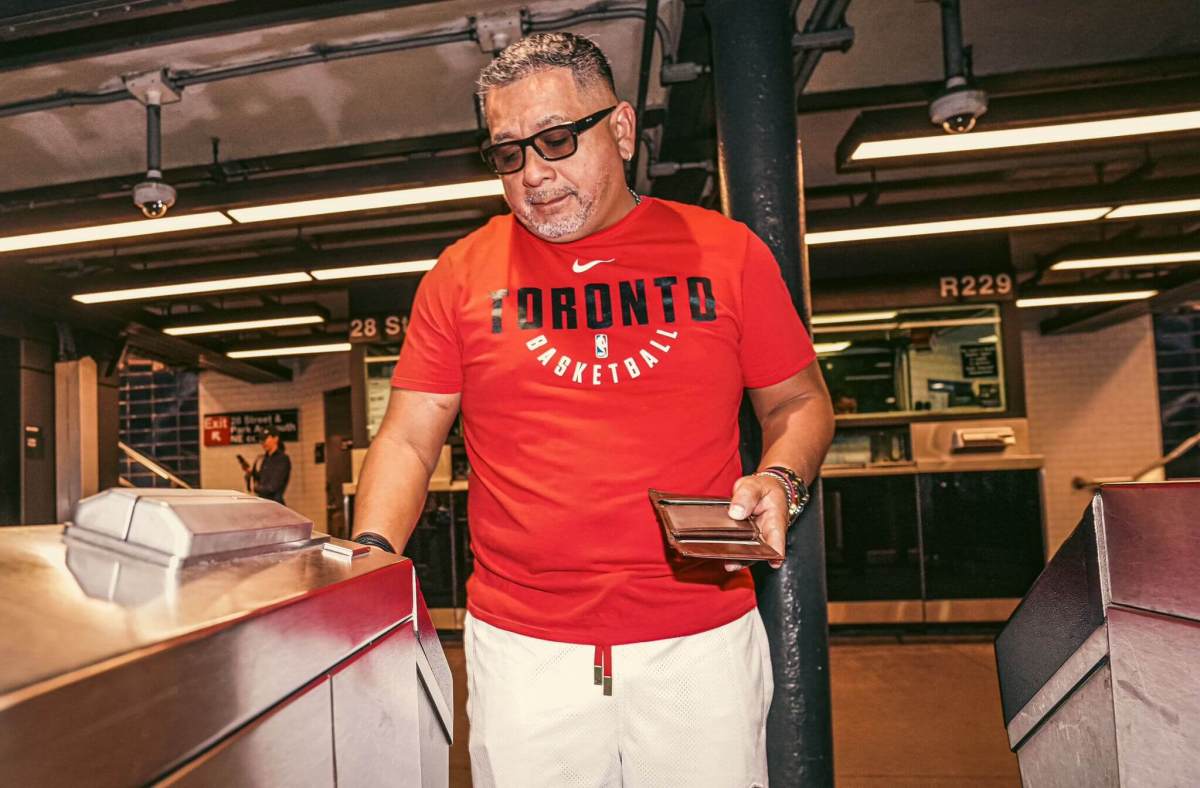
MTA honchos asserted last month that the fare increase was relatively modest. But some riders say they’ll be unduly financially burdened by it, especially as inflation remains high even if not quite to the levels seen last year.
“I am unemployed right now,” said Keisha McLean, as she waited for an M15 bus in Kips Bay. “So if I have to go somewhere it is going to be really hard.”
Another fare increase is scheduled to take place in 2025, likely bringing the cost of a ride over $3 for the first time.
Some riders resented that they would have to pay more while many riders simply skip the fare. The MTA estimates fare evasion cost it nearly $700 million last year, a record amount as the practice appears to skyrocket.
“If they really want to receive more money, make sure people actually pay,” said Leo Chan, an accountant from Flatbush, as he entered the Church Avenue B/Q station in Brooklyn. “This is just taxing the people who are being honest.”
With money from the state budget, the MTA is bolstering service capacity on some subway lines and is also set to embark on a pilot for free bus service on five lines, one in each borough, next month.

The agency also expects to complete 50 station renovation projects by the end of the year, buying time with planned off-peak service outages to clean stations, make repairs, and add new amenities. Still, some riders question whether the level of service being provided justifies raising the fare.
“As long as there are more improvements, you know, I guess it has to happen. But as you can see, like around here, we could use a little bit more help in sanitation and cleaning up the subway,” said Paulette Calienes, a beautician from Flatbush entering the Church Avenue stop. “So if it goes towards that, I’m for that.”
In June, the MTA’s customer satisfaction stood at 59% on subways, a two-point decrease from May, while on buses it held steady at 65%. Subway riders say they want to feel more safe and secure and see fewer people behave erratically, while bus riders are dissatisfied with long wait times.
However, Chan notes, the MTA still has most other cities beat in that it runs 24/7, a reflection of the city it serves.
“It’s 24/7. I’ve been to other cities where the train is not as consistent,” said Chan. “It’s not on time in New York, but at least it’s always available, whether 20, 30 minutes, even at 3 a.m. So that’s the good part.”
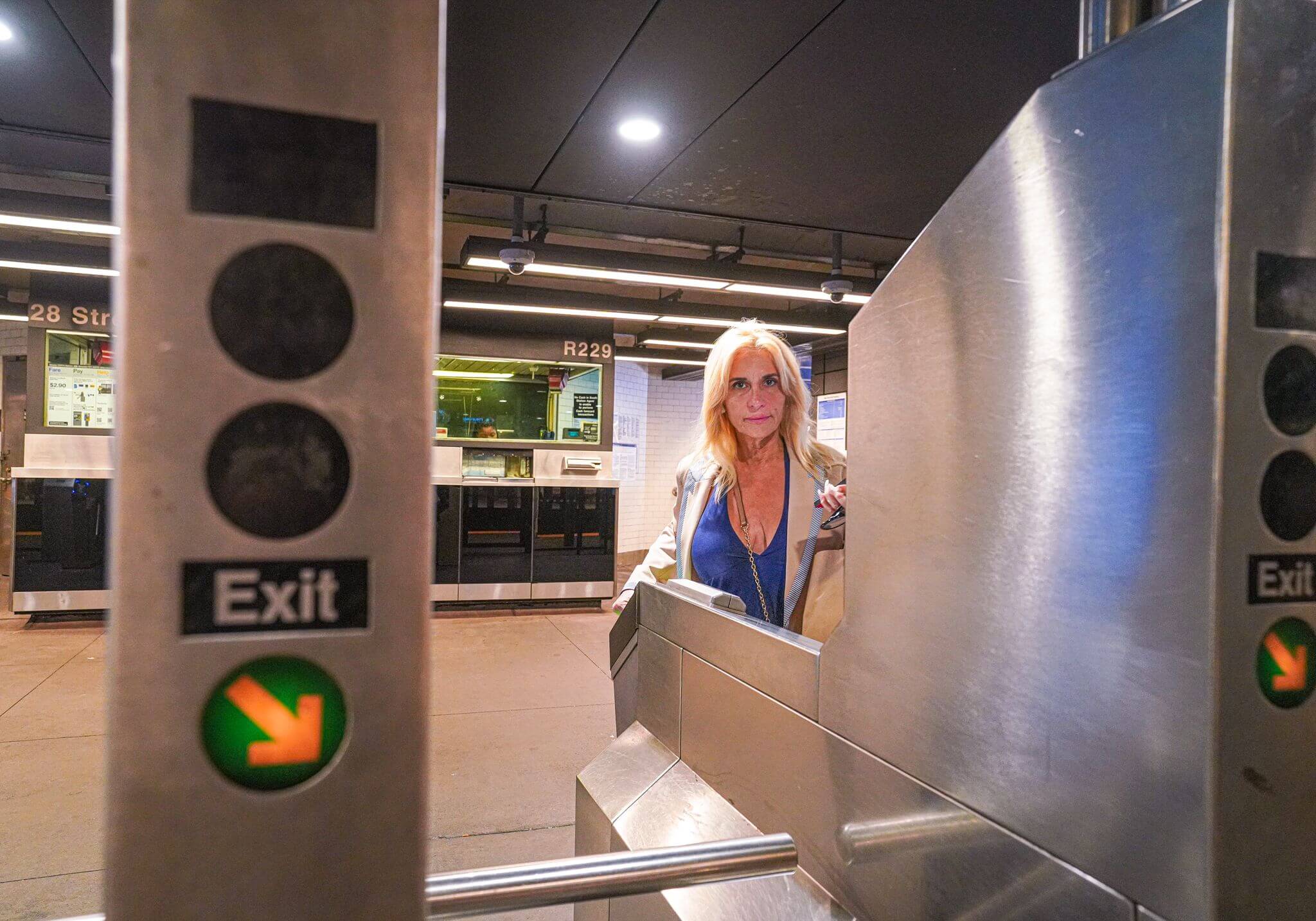
Read more: MTA Brings Back Remote Work Options



